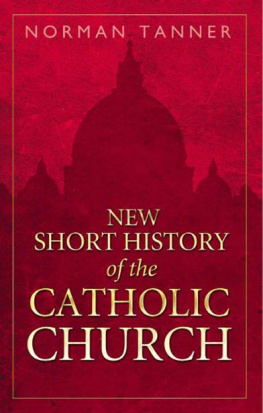Judy Mills - A Likely Lad: The life of Norman Lesser, Archbishop of New Zealand
Here you can read online Judy Mills - A Likely Lad: The life of Norman Lesser, Archbishop of New Zealand full text of the book (entire story) in english for free. Download pdf and epub, get meaning, cover and reviews about this ebook. year: 2020, publisher: Philip Garside, genre: Religion. Description of the work, (preface) as well as reviews are available. Best literature library LitArk.com created for fans of good reading and offers a wide selection of genres:
Romance novel
Science fiction
Adventure
Detective
Science
History
Home and family
Prose
Art
Politics
Computer
Non-fiction
Religion
Business
Children
Humor
Choose a favorite category and find really read worthwhile books. Enjoy immersion in the world of imagination, feel the emotions of the characters or learn something new for yourself, make an fascinating discovery.
- Book:A Likely Lad: The life of Norman Lesser, Archbishop of New Zealand
- Author:
- Publisher:Philip Garside
- Genre:
- Year:2020
- Rating:5 / 5
- Favourites:Add to favourites
- Your mark:
A Likely Lad: The life of Norman Lesser, Archbishop of New Zealand: summary, description and annotation
We offer to read an annotation, description, summary or preface (depends on what the author of the book "A Likely Lad: The life of Norman Lesser, Archbishop of New Zealand" wrote himself). If you haven't found the necessary information about the book — write in the comments, we will try to find it.
How did Norman Lesser, a boy from a terrace house in Liverpool, become the Archbishop of New Zealand?
The answer lies in sheer native ability, great energy, a talent for leadership, a happy outlook on life and a bit of luck or if you prefer, the Grace of God.
Following effective ministry in different English parishes, he served as Provost of Nairobi Cathedral for seven eventful years before coming to be Bishop of Waiapu in 1947.
Lessers 24 year tenure saw the building and consecration of the Cathedral in Napier, the establishment of several old peoples homes and rapid growth in the parishes.
A gifted preacher and speaker, and blessed with the common touch, his quickness of mind, sense of humour and dramatic story-telling are still vividly remembered. As Archbishop he guided the church through the tumultuous changes of the 1960s and for years was at the forefront of Church Union negotiations.
Norman Lessers world might seem different from ours. But the values of faith, resolution and compassion that we see in his life-story are still relevant today, offering challenge and inspiration.
Foreword
Norman Lesser was a man for his time. A time when Anglicans held the high ground and the cultural mainstream. He understood the privilege of that position and led the church with dignity and care. It felt good to belong under his leadership, even though you held your breath when he reached for goals like a new cathedral in an era when most people had given up on them.
Those outside the church respected him as much as the insiders, probably because he was much more than a conventional bishop. Comedian, story teller, preacher who revelled in lifes delights and absurdities, and above all a man with eye for the detail of pastoral ministry; the same sense of detail that he brought to his work as a craftsman.
This book is an overdue honouring of man who led the church through two decades with great flair and enormous devotion. Judy Mills has done Waiapu and the whole church in Aotearoa a great service through her meticulous research and even handed distilling of a huge story. And only just in time. Many of the memories and anecdotes she assembles would have soon been lost for ever.
As someone who would not ever have made it to ordination without the support and encouragement of this man, and as his eventual successor, Im personally grateful for this book. It will help all who followed him to learn just how rich a legacy he left us. John Bluck, former Bishop of Waiapu
Praise for A Likely Lad
Norman Lesser, Bishop of Waiapu for nearly a quarter of a century, described himself as ordinary. Yet the legacy he left is far from ordinary. Knowing and honouring our past is important to our faith journey, and this book will be of interest not just to Anglicans but also the wider community who loved and respected Norman Lesser. He was in fact an extra-ordinary man and I commend this timely recognition of his life of devotion, humour, and compassion. Andrew Hedge, Bishop of Waiapu, Lent 2020
Judy Mills: author's other books
Who wrote A Likely Lad: The life of Norman Lesser, Archbishop of New Zealand? Find out the surname, the name of the author of the book and a list of all author's works by series.











